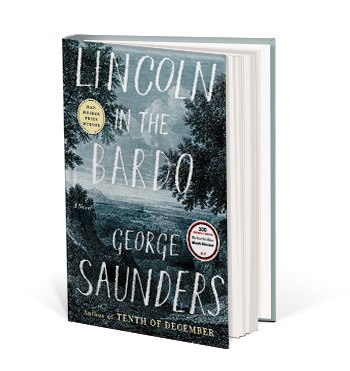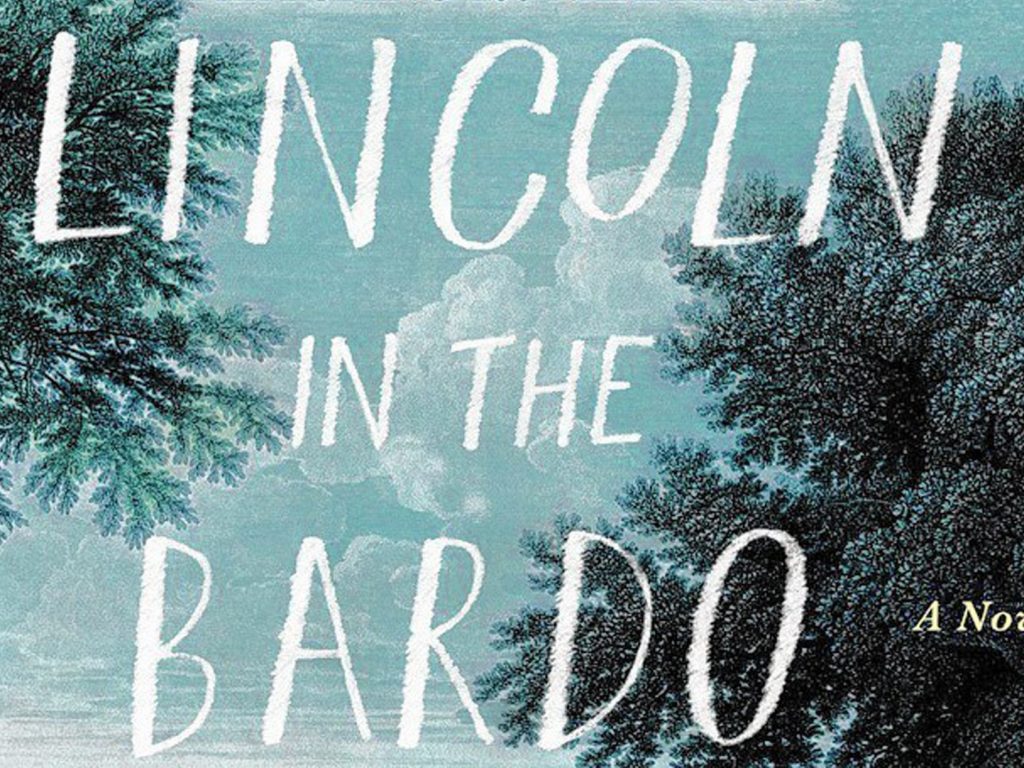


The hopeless and forgotten ghosts of the cemetery are invigorated by the appearance of Abraham Lincoln in the dead of night, who holds his son’s head in his very hands as though he could shake him awake again. These are not romantic, wailing spirits of the eighteenth century, but the neurotic, complex ghosts of a modernity made sharply aware of death by the coming of great bloodshed. The graveyard characters are both rich and poor, courteous and crass, black and white: they are perfectly rendered individuals, who seem plucked out of history, with all its beauty and awfulness. They are wafting shades that disappear with the first light of morning. Theirs is a hopeless, repetitive, eternal existence, trapped in a purgatory like the “bardo” of Tibetan Buddhism. Saunders’ ghosts do not realize that they are dead: they avoid the truth for the pain and fear it would cause them, and because they are unsure of what would happen to them if they were to be judged. These are the collected voices of scores of dead people, all of whom spend their hours obsessing over the beautiful minutiae or painful drudgery of their long-lost lives. Saunders’ prose consists of the spoken accounts of ghosts dwelling in the Oak Hill Cemetery. President Lincoln was said to have appeared alone at Washington D.C.’s Oak Hill Cemetery to cry over his son’s body not once, but several nights following his son’s death from typhoid fever. The bulk of Saunder’s brilliant idea must have grown from his knowledge of an incident following the boy’s funeral. The child’s death was, in the novel and in reality, a public tragedy made still worse by the revelation that the Lincolns had failed to cancel a costly and ostentatious party for the Washington elite while Willie struggled through his final hours upstairs. His death came suddenly and was a major milestone in the life of his father Abraham, and devastated the twelve-year-old’s mother Mary Todd Lincoln.


The “Lincoln” of the title is not the sixteenth president himself, but his young son Willie, who died in 1862 during the hopeful early days of the Civil War. Saunders tricks his readers into believing in a perfectly realized world by placing his experimentally written, conceptually blinding story into a fascinating, empathetically recreated moment in real-world history. It is difficult to completely grasp George Saunders’ Booker Prize winning novel Lincoln in the Bardo because it contains ideas and experimental ways of writing that have never been placed together before.


 0 kommentar(er)
0 kommentar(er)
